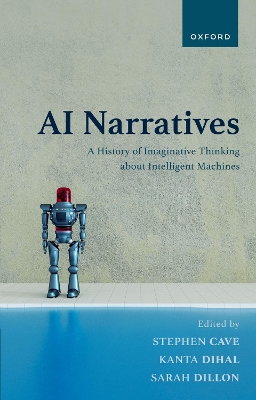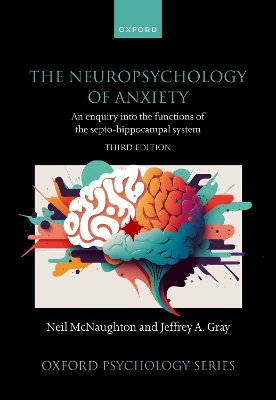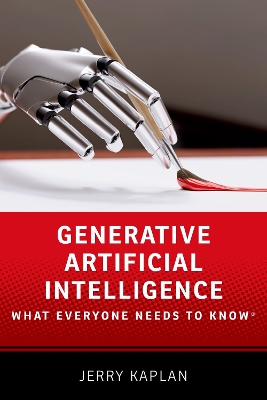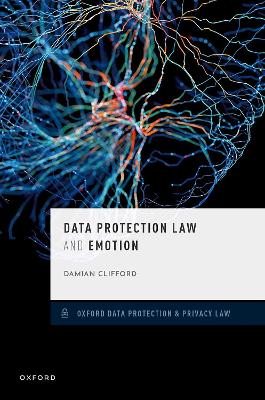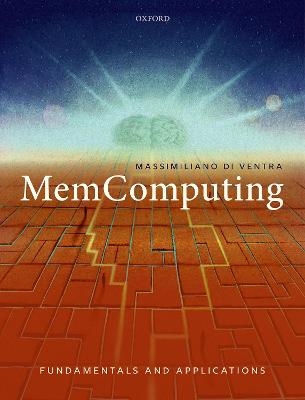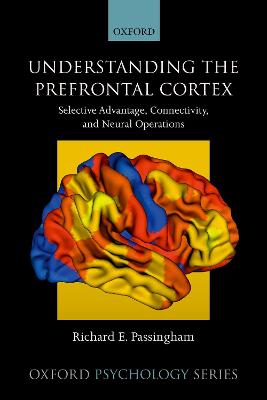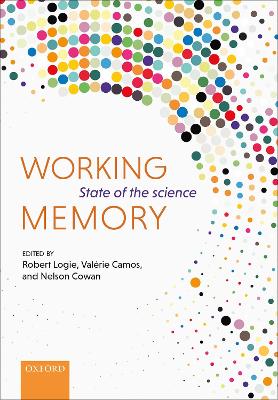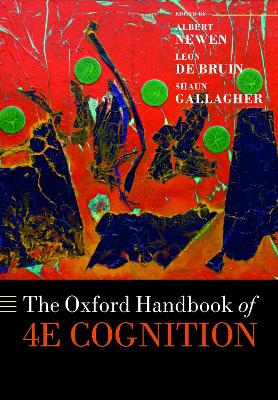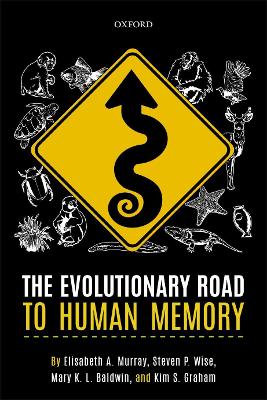Fundamentals of Machine Learning
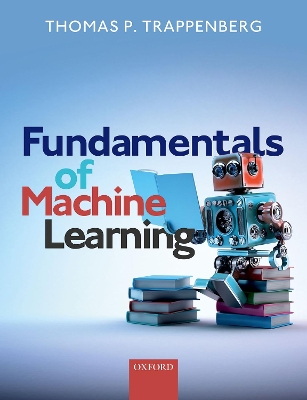 -10%
portes grátis
-10%
portes grátis
Fundamentals of Machine Learning
Trappenberg, Thomas P.
Oxford University Press
11/2019
260
Mole
Inglês
9780198828044
15 a 20 dias
568
1.1: The basic idea and history of Machine Learning
1.2: Mathematical formulation of the basic learning problem
1.3: Nonlinear regression in highdimensions
1.4: Recent advancements
1.5: No free lunch
I A PRACTICAL GUIDE TO MACHINE LEARNING
2. Scientific programming with Python
2.1: Programming environment
2.2: Basic language elements
2.3: Code efficiency and vectorization
2.4: Data handling
2.5: Image processing and convolutional filters
3. Machine learning with sklearn
3.1: Classification with SVC, RFC and MLP
3.2: Performance measures and evaluations
3.3: Data handling
3.4: Dimensionality reduction, feature selection, and tSN
3.5: Decision Trees and Random Forests *
3.6: Support Vector Machines (SVM) *
4. Neural Networks and Keras
4.1: Neurons and the threshold perceptron
4.2: Multilayer Perceptron (MLP) and Keras
4.3: Representational learning
4.4: Convolutional Neural Networks (CNNs)
4.5: What and Where
4.6: More tricks of the trade
II FOUNDATIONS: REGRESSION AND PROBABILISTIC MODELING
5. Regression and optimization
5.1: Linear regression and gradient descent
5.2: Error surface and challenges for gradient descent
5.3: Advanced gradient optimization (learning)
5.4: Regularization: Ridge regression and LASSO
5.5: Nonlinear regression
5.6: Backpropagation
5.7: Automatic differentiation
6. Basic probability theory
6.1: Random numbers and their probability (density) function
6.2: Moments: mean, variance, etc.
6.3: Examples of probability (density) functions
6.4: Some advanced concepts
6.5: Density functions of multiple random variables
6.6: How to combine prior knowledge with new evidence
7. Probabilistic regression and Bayes nets
7.1: Probabilistic models
7.2: Learning in probabilistic models: Maximum likelihood estimate
7.3: Probabilistic classification
7.4: MAP and Regularization with priors
7.5: Bayes Nets: Multivariate causal modeling
7.6: Probabilistic and Stochastic Neural Networks
8. Generative Models
8.1: Modelling classes
8.2: Supervised generative models
8.3: Naive Bayes
8.4: Unsupervised generative models
8.5: Generative Neural Networks
III ADVANCED LEARNING MODELS
9. Cyclic Models and Recurrent Neural Networks
9.1: Sequence processing
9.2: Simple Sequence MLP and RNN in Keras
9.3: Gated RNN and attention
9.4: Models with symmetric lateral connections
10. Reinforcement Learning
10.1: Formalization of the problem setting
10.2: Modelbased Reinforcement Learning
10.3: Modelfree Reinforcement Learning
10.4: Deep Reinforcement Learning
10.5: Actors and actorcritics
11. AI, the brain, and our society
11.1: Different levels of modeling and the brain
11.2: Machine learning and AI
11.3: The impact machine learning technology on society
1.1: The basic idea and history of Machine Learning
1.2: Mathematical formulation of the basic learning problem
1.3: Nonlinear regression in highdimensions
1.4: Recent advancements
1.5: No free lunch
I A PRACTICAL GUIDE TO MACHINE LEARNING
2. Scientific programming with Python
2.1: Programming environment
2.2: Basic language elements
2.3: Code efficiency and vectorization
2.4: Data handling
2.5: Image processing and convolutional filters
3. Machine learning with sklearn
3.1: Classification with SVC, RFC and MLP
3.2: Performance measures and evaluations
3.3: Data handling
3.4: Dimensionality reduction, feature selection, and tSN
3.5: Decision Trees and Random Forests *
3.6: Support Vector Machines (SVM) *
4. Neural Networks and Keras
4.1: Neurons and the threshold perceptron
4.2: Multilayer Perceptron (MLP) and Keras
4.3: Representational learning
4.4: Convolutional Neural Networks (CNNs)
4.5: What and Where
4.6: More tricks of the trade
II FOUNDATIONS: REGRESSION AND PROBABILISTIC MODELING
5. Regression and optimization
5.1: Linear regression and gradient descent
5.2: Error surface and challenges for gradient descent
5.3: Advanced gradient optimization (learning)
5.4: Regularization: Ridge regression and LASSO
5.5: Nonlinear regression
5.6: Backpropagation
5.7: Automatic differentiation
6. Basic probability theory
6.1: Random numbers and their probability (density) function
6.2: Moments: mean, variance, etc.
6.3: Examples of probability (density) functions
6.4: Some advanced concepts
6.5: Density functions of multiple random variables
6.6: How to combine prior knowledge with new evidence
7. Probabilistic regression and Bayes nets
7.1: Probabilistic models
7.2: Learning in probabilistic models: Maximum likelihood estimate
7.3: Probabilistic classification
7.4: MAP and Regularization with priors
7.5: Bayes Nets: Multivariate causal modeling
7.6: Probabilistic and Stochastic Neural Networks
8. Generative Models
8.1: Modelling classes
8.2: Supervised generative models
8.3: Naive Bayes
8.4: Unsupervised generative models
8.5: Generative Neural Networks
III ADVANCED LEARNING MODELS
9. Cyclic Models and Recurrent Neural Networks
9.1: Sequence processing
9.2: Simple Sequence MLP and RNN in Keras
9.3: Gated RNN and attention
9.4: Models with symmetric lateral connections
10. Reinforcement Learning
10.1: Formalization of the problem setting
10.2: Modelbased Reinforcement Learning
10.3: Modelfree Reinforcement Learning
10.4: Deep Reinforcement Learning
10.5: Actors and actorcritics
11. AI, the brain, and our society
11.1: Different levels of modeling and the brain
11.2: Machine learning and AI
11.3: The impact machine learning technology on society

